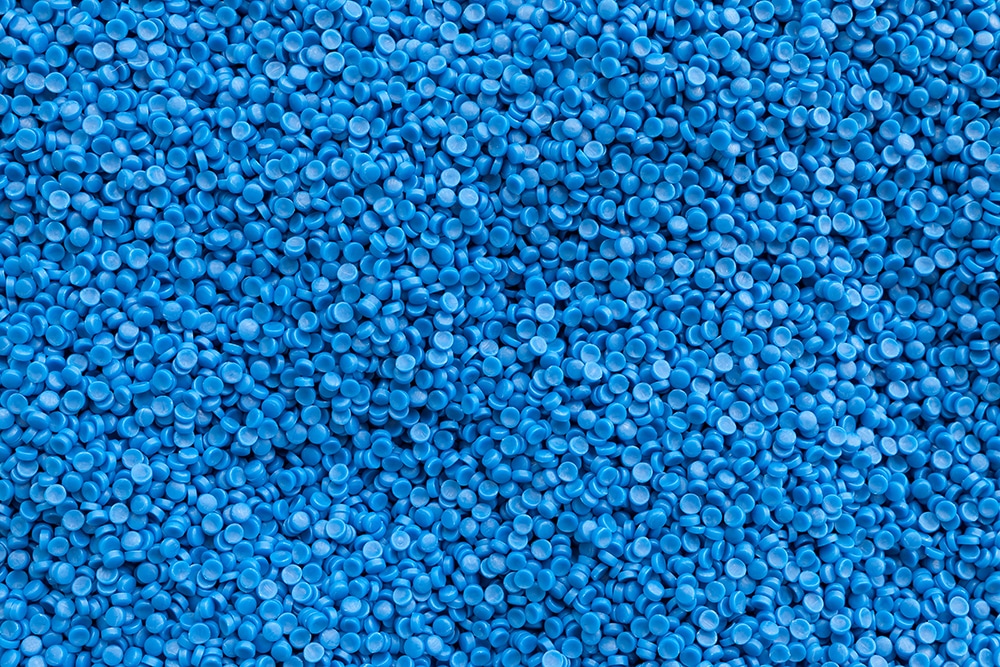

Pneumatic Conveying Systems
Efficient, easy-to-install pneumatic conveying systems that can convey a wide range of materials and components and fit everywhere. For further information contact us or select your solution below.
Choosing the right pneumatic conveying system
Kongskilde simplifies the process of selecting the ideal pneumatic conveying system for your needs.
Conveyor systems are essential across various industries, providing a cost-effective, efficient solution for bulk material handling. Among the different types available, pneumatic conveying systems stand out for their ability to transport a wide range of materials—from fine granules to larger pellets—while preserving material integrity.
Designed specifically for industrial applications in sectors like construction and technology, pneumatic handling systems offer tailored solutions to meet diverse operational needs. Kongskilde’s expertise ensures that you’ll find the right pneumatic system for your industry requirements, enhancing productivity and reducing costs.
Pneumatic Conveying Systems: Structure and Functionality
Pneumatic conveying systems are efficient solutions for transferring bulk materials through pipelines using airflow. Key components include a material introduction point, piping, a receiving station, and an airflow generator, with system size and capacity customizable based on specific model needs.
These systems offer versatile installation options, as pneumatic piping can be routed around existing equipment to fit various layouts. Compared to traditional mechanical conveyors, well-designed pneumatic systems provide an economical, low-maintenance alternative for moving materials over long distances while minimizing dust emissions and environmental impact.
Types of Pneumatic Conveying Methods
There are three main types of pneumatic conveying methods: dilute phase, dense phase, and air conveying. Each method varies in pressure, velocity, and air-to-material ratios to meet specific material transfer requirements.
Dense Phase Conveying: For bulk materials requiring gentle handling, this method operates at lower velocities, minimizing wear on materials and pipes.
Dilute Phase Conveying: This high-velocity, low-pressure process moves materials with a high air-to-product ratio, allowing for continuous transfer. It effectively reduces maintenance, equipment, and operational costs when compared to mechanical conveyor systems.
Enclosed Pneumatic Conveyors: Vacuum and Pressure Systems
Enclosed pneumatic conveyor systems fully contain the material within the pipeline, avoiding contact with moving parts. Pneumatic vacuum systems use a vacuum at the receiving end to pull materials through, while pressure systems introduce compressed air at the system inlet to push materials forward. Both methods offer efficient, low-emission solutions for industrial material handling.
Questions?
Get in touch with our world-class customer support and technical specialists.






